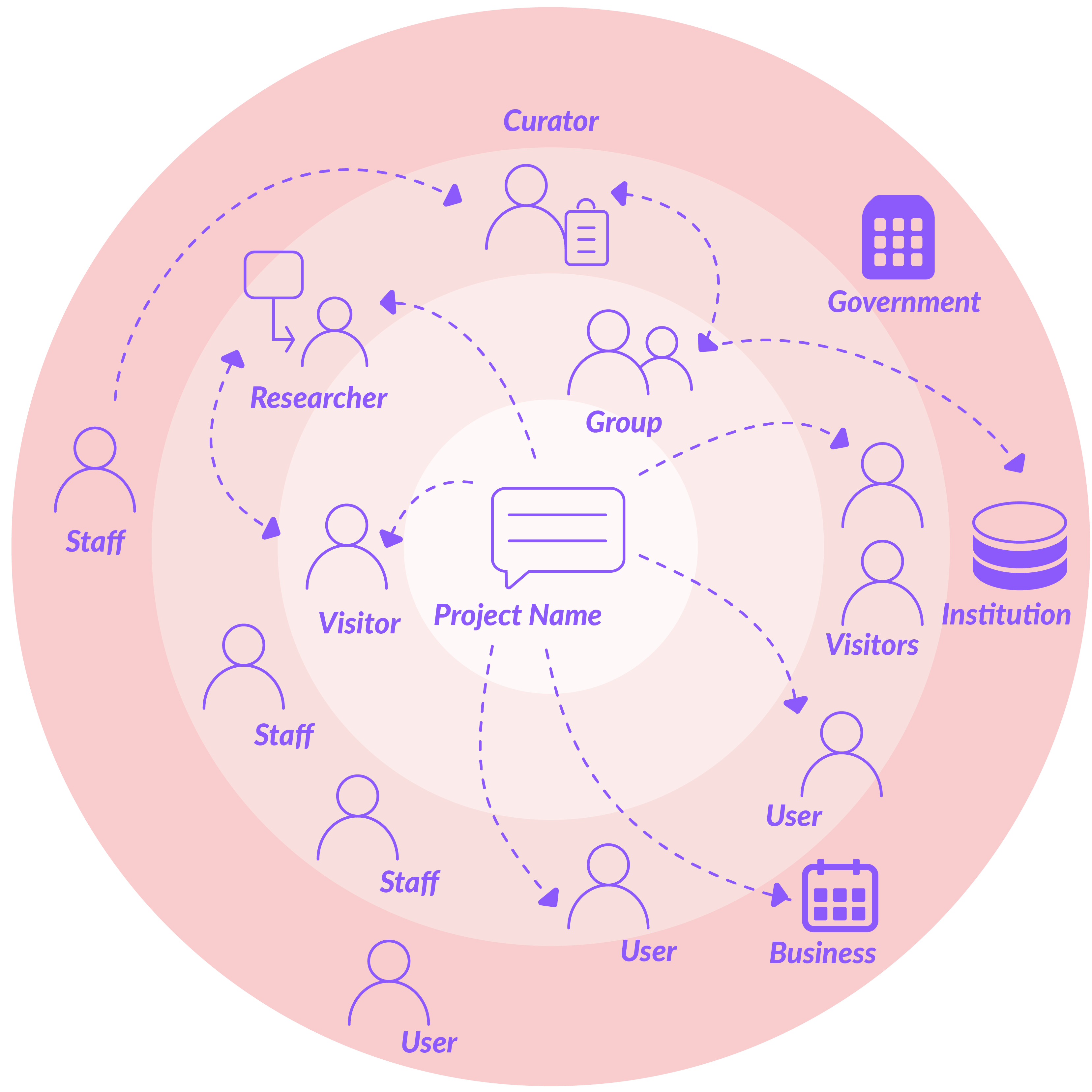“Stakeholder Analysis (SA) is a technology for investigating the internal and external environment of an organization, while stakeholder map is the visualized presentation for stakeholder analysis”
A lot of information can be added to the stakeholder map concerning the IDENTIKIT of the single stakeholders.
For instance:
- The Stakeholder standpoint
- The Relevance to the organisation
- The Role towards the organisation
- The Attitude towards the organisation
You can classify the stakeholders according to different criteria and parameters, and you can custom these parameters according to the needs and the requirements of your organisation and your project.
Common classification criteria are based on their being active, neutral or passive according to their attitudes and standpoints.
In order to analyze the stakeholders’ requirements and expectations you can either:
- Brainstorm
- ask the stakeholders directly to have a direct answer
After you get the requirements and expectations, abstract the important points and put them on top of the arrows.
Mark the stakeholders with different colors according to their standpoints. For example, green represents active, yellow represents neutral, red represents passive.
Keep in mind that:
In a project implementation purpose, an SA can be used to identify potential project partners and supporters. It also provides information on possible risks to the project’s success. Furthermore, the SA may lead to mapping all those stakeholders that need to be informed about the project, and those that can evaluate the results/impact of that project.
2. 1 IDENTIFY KEY PARTNERS
Key PARTNERS are an essential type of stakeholders. In order to identify your key partners you can brainstorm on the following questions
What types of organizations share similar goals and can help you realize this vision? Think about your value add; what types of organizations would benefit from partnering with you in your work? Who already partners with (and in some cases, funds) organizations like yours?
2. 2 MAKE THE DONORS’ IDENTIKIT
You can use the Persona Model to do the Identikit of your donor(s).
The Persona Model is commonly used for profiling the Consumers. However, it is extremely useful also for the analysis of the Stakeholders and in particularly of the donors, especially if they are Individuals.

